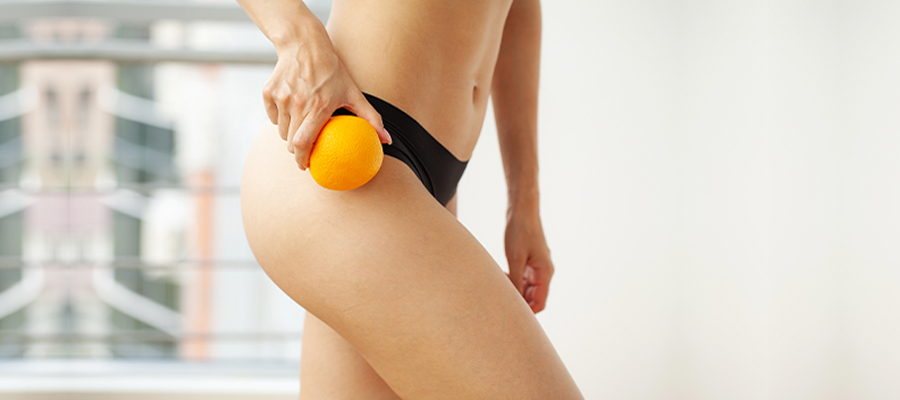Fat Transfer

Fat Transfer
The fat transfer process, which is also known as fat grafting or fat injection, is the injection of fat obtained from areas with excess fat into areas with no volume, such as the face, hands, chest, hips or any other part of the body. This safe, long-lasting, well-tolerated procedure yields results with natural appearance. Thousands of people successfully undergo fat transfer each year, and they are satisfied with the results.
When Should Fat Transfer Be Considered?
- If you have areas with wrinkles and sunken appearance,
- If you want a permanent procedure instead of a temporary filling,
- If you want a well-defined body contour and eliminate the sunken appearance of your body,
- If you want to fill contour irregularities or hide obvious signs of breast implants in breast reconstruction,
If you experience one or more of the problems mentioned above, if your overall health is good and you have realistic expectations, if you feel ready and have a positive attitude about this procedure, you can be an excellent candidate for this procedure.
 Pros
Pros
Since the fat to be transferred, autologous fat is obtained from the own body of the individual, the possibility of an allergic reaction is eliminated, unlike dermal fillers.
The results are natural, long-lasting and safe.
Cons
Although it is longer lasting compared to dermal fillers, it is more costly since it involves fat removal.
Depending on the area you want to enlarge (such as breast or hip), you may need more than one session to achieve the desired size.
Retouching may be required.
How is Fat Transfer Process Performed?
The fat obtained from one part of the body is cleaned and purified. It is then re-injected into the areas desired to be enlarged or corrected, using specially designed needles. This process may need to be repeated several times to achieve the desired result. The procedure consists of a three stages: harvesting, purification and transfer.
Harvesting: After injecting a local anesthetic into the area selected for fat removal, your surgeon makes a small incision of around 2mm in the area to remove the fat. Using a sterile technique, the surgeon inserts a cannula attached to a syringe into this incision to extract the fat.
Purification and transfer: Once enough fat has been obtained from the donor area, your surgeon will treat it to prepare the fat cells for transfer into small syringes to be used in the fat injection. Purification may require the use of a centrifuge to spin the fat, or a filtration process to remove impurities prior to injection.
Transfer: A needle or cannula is inserted at the incision point of the area to be augmented, and the injection needle is usually used several times in and out of the area to be augmented. Each time the needle or cannula is withdrawn, a series of fatty tissue parcels is carefully placed on the natural tissue planes. This process is repeated until the desired correction is achieved, creating a grating of grafted fat.
How Long Does the Outcome Last?
You may notice that areas where the fat is transferred look softer and fuller, giving you a refreshed and rejuvenated appearance, and an improvement in skin tissue.
The permanence of the fat and the outcomes depend on the skill of the surgeon, harvesting and purification techniques, and the type and location of the injection. A surgeon with advanced technical knowledge and experience is required for successful results and procedures in fat transfer.
When performed successfully, the injected fat provides the body with a new blood flow and receives the nutrients it needs to survive. When this happens, the results can be and often are permanent.
Risks
Serious risks are rare, and the post-operative satisfaction rate is high in fat transfer procedures.
Yet, all surgical procedures have a certain degree of risk. Some of the possible complications of all surgical procedures include:
- Reaction to anesthesia.
- Hematoma or seroma (accumulation of blood or fluid under the skin, which requires removal).
- Infection and bleeding.
- Changes in skin sensation.
- Scarring.
- Allergic reactions.
- Unsatisfactory results that may require additional procedures.
- Numbness and tightness in the surgical area, which usually improves within a few months.
Process
- It is very important for you to follow all the instructions provided by your surgeon to have a healthy healing process.
- The duration of stay in the hospital is 1 day unless there is a medical necessity.
- After being discharged, you will have post-operative follow-ups on the days to be determined by the surgeon.
- It may take a week for you to return to your daily routine, depending on the area where the fat transfer is performed.
-You should consult your surgeon as your return to work date may vary depending on the area where the procedure will be performed.
- You may feel pain, which can be relieved with painkillers; and it only lasts for two to three days.
- Immediately after the procedure, there will be bruising, tightness, swelling and numbness in the surgical areas. Bruising usually disappears within a week; however, the feeling of tightness, swelling and numbness may remain for several months.
- You may need to be accompanied by a relative for a few days as you may feel tired and sensitive due to your surgery.
- Edema can last six months or longer
- The outcomes of the procedure will reveal immediately; however, the final outcome cannot be evaluated until edema is completely eliminated. This can take from six months to a year in this procedure.
- Heavy exercise and heavy lifting, including infants/children, should be avoided for a minimum of three weeks after the procedure.
- Smoking reduces circulation, delays wound healing and significantly increases the likelihood of serious complications; therefore, you should discontinue smoking at least four weeks before and four weeks after your procedure.